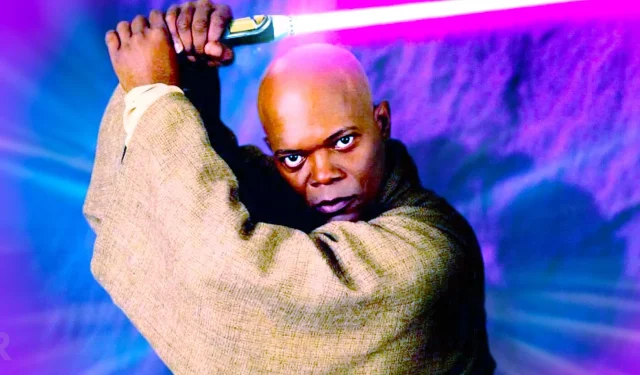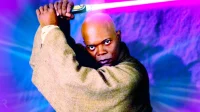Prior to the debut of Mace Windu‘s iconic purple lightsaber in Star Wars: Episode II – Attack of the Clones, the character was originally associated with a more conventional lightsaber hue—blue. Mace Windu stands out among the Jedi in the Star Wars universe, not only for his distinct weapon but also for his crucial leadership role within the Jedi Order, particularly during pivotal events like the Battle of Geonosis and the wider conflicts of the Clone Wars.
Windu’s purple lightsaber is notable for multiple reasons. For a considerable time, he was the sole character shown wielding this unique color on screen, though this phenomenon has evolved to include several characters from the High Republic era as well. Understanding the backstory of Windu’s lightsaber color offers intriguing insights into both the character and the franchise.
Mace Windu’s Initial Lightsaber Color
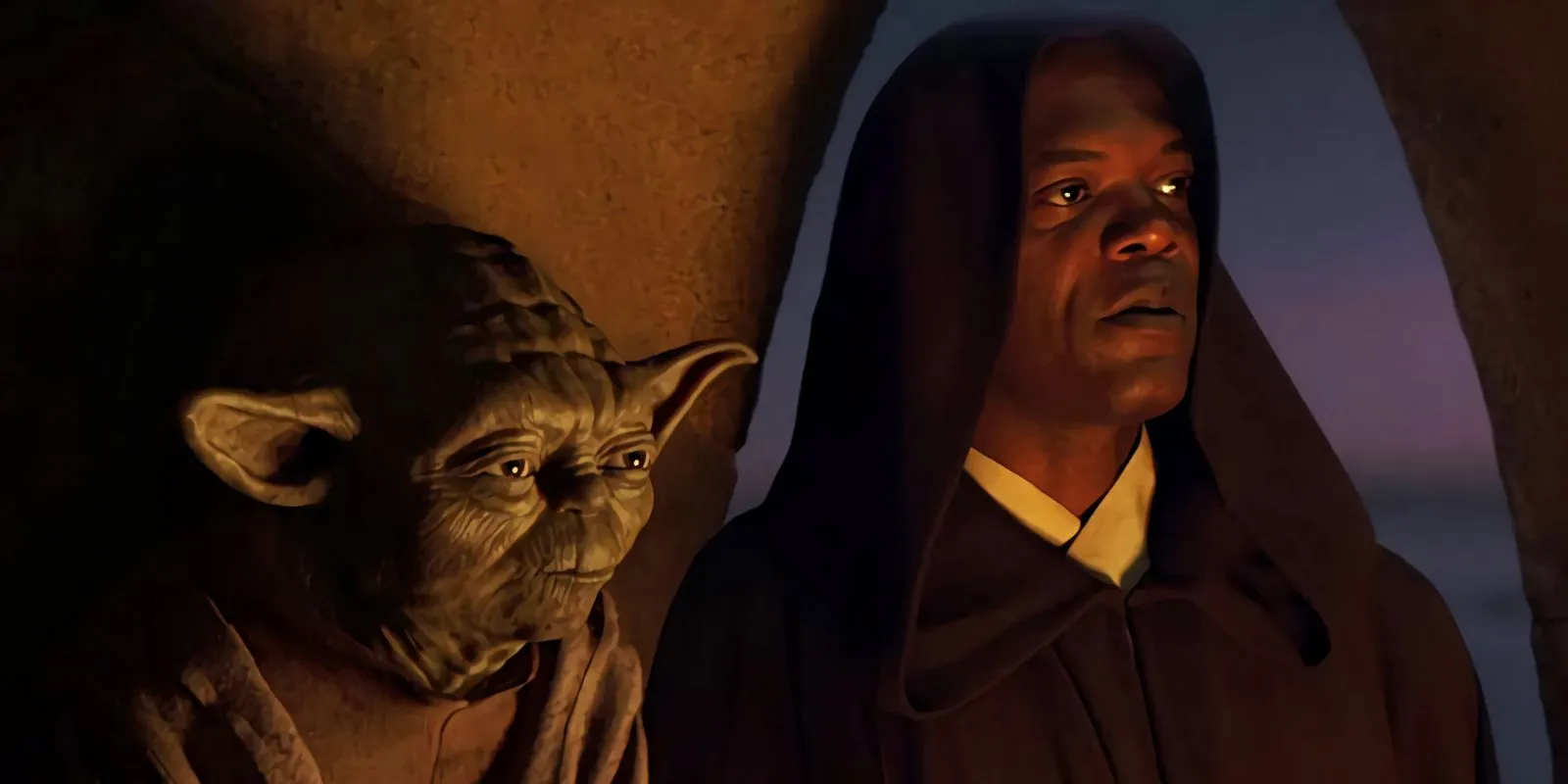
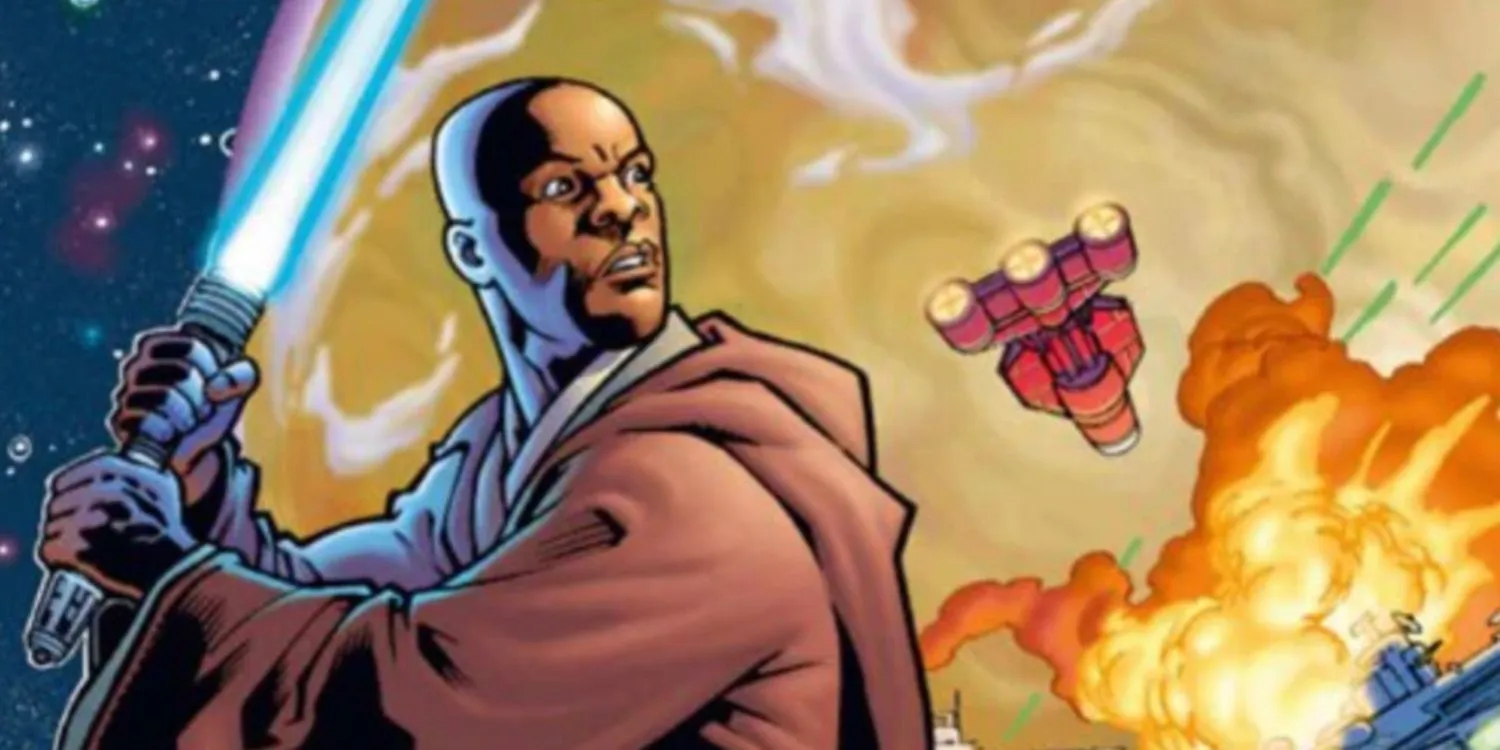
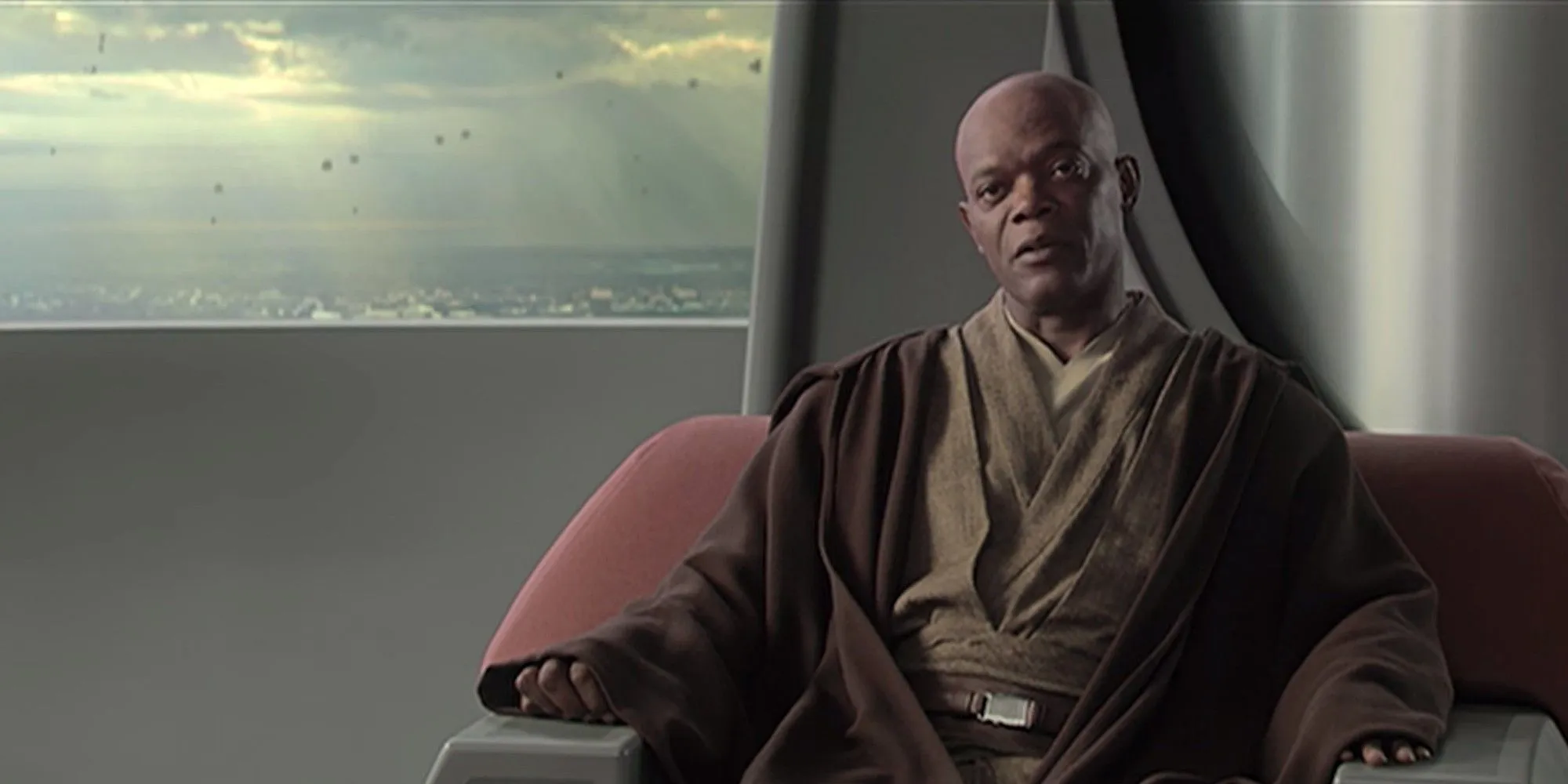
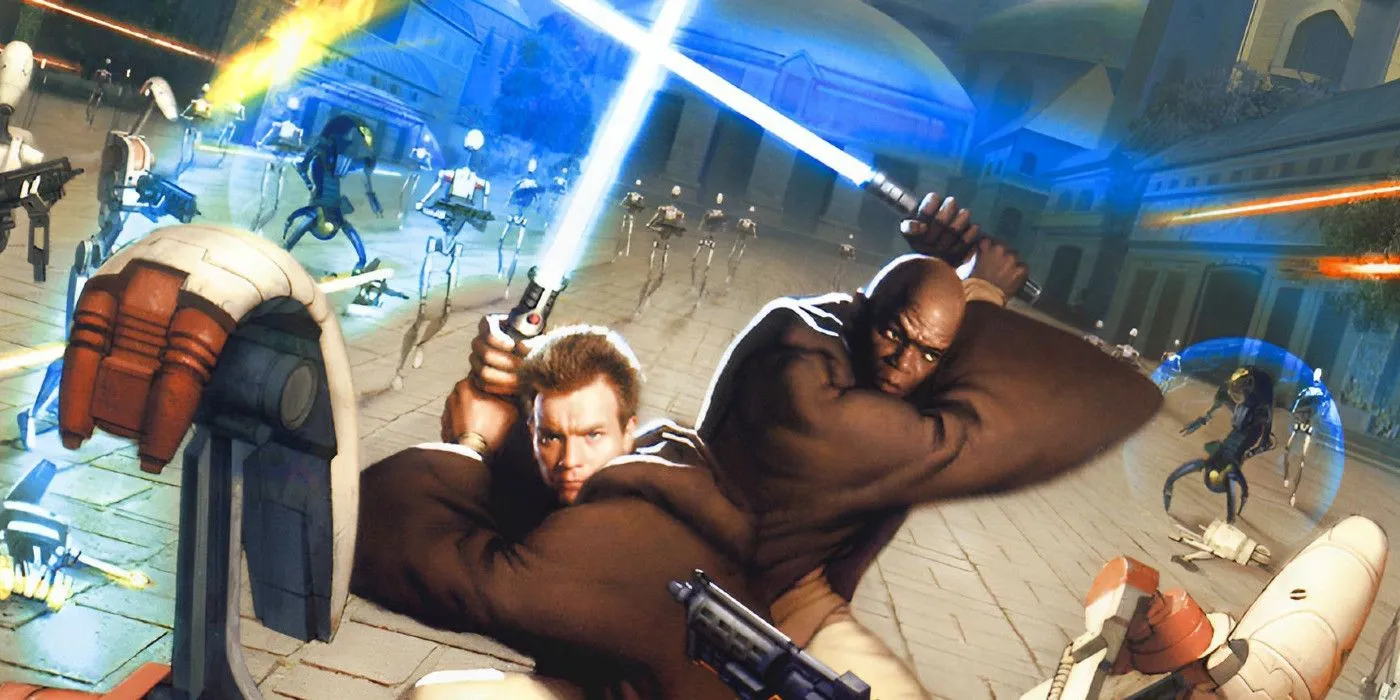
Initially, Mace Windu wielded a blue lightsaber as seen in various media, including the comic series Star Wars: Jedi Council – Acts of War by Randy Stradley and Davidé Fabbri, and the video game Star Wars: Episode I – Jedi Power Battles. Despite having a lightsaber, Windu never ignited it in The Phantom Menace, creating no premise to believe he would have anything other than the traditional Jedi colors. The absence of visual evidence left fans and characters alike believing in the conventional lightsaber spectrum.
The shift to a purple hue can largely be credited to actor Samuel L. Jackson’s influence. His desire to stand out during the monumental arena battle scenes led George Lucas to revise Windu’s lightsaber color.
The Power of Samuel Jackson’s Influence
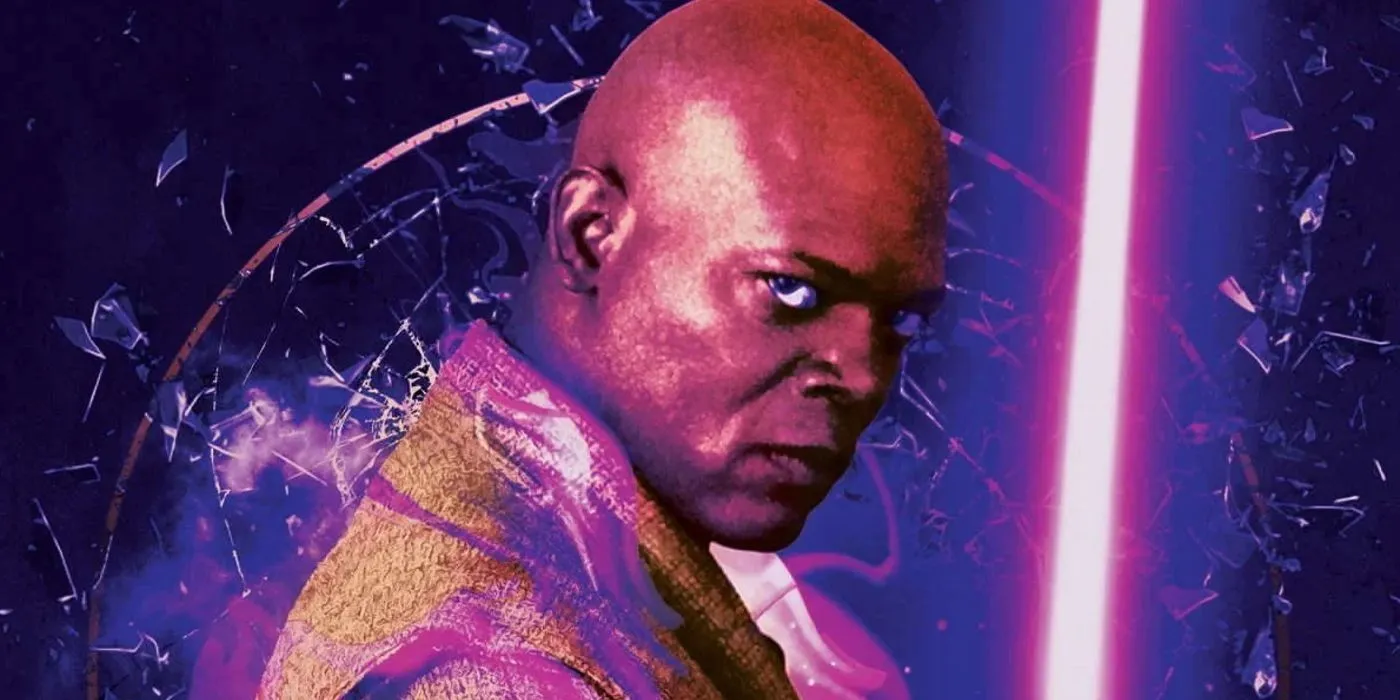
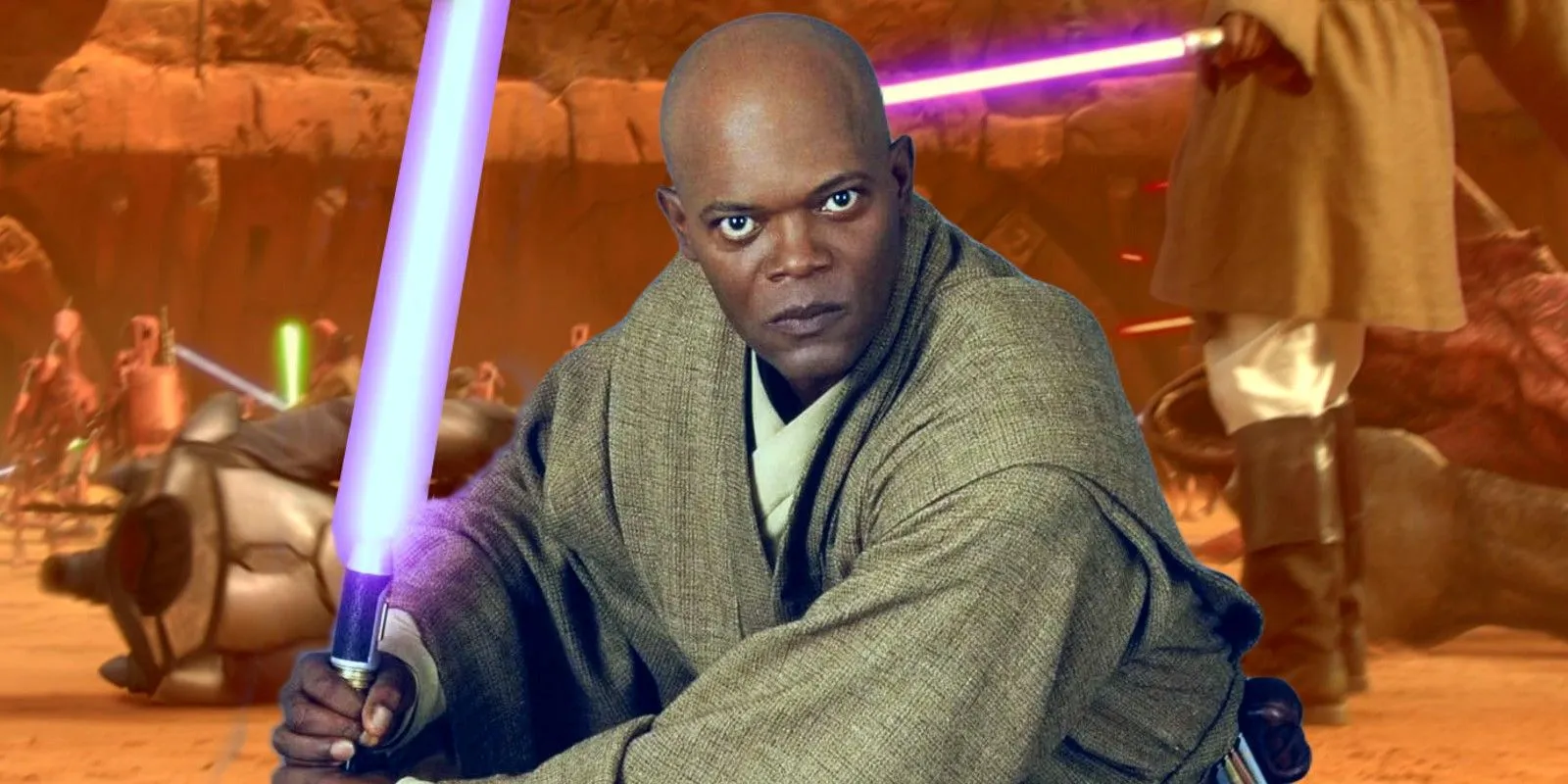
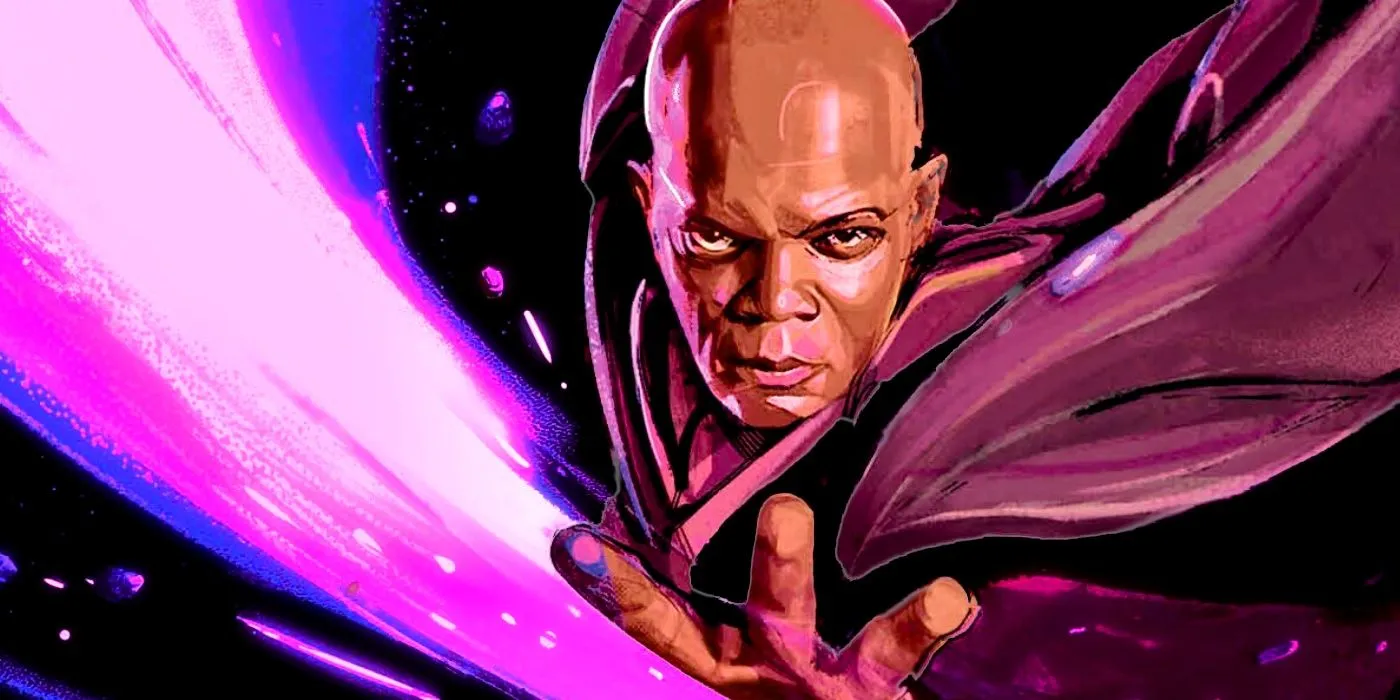
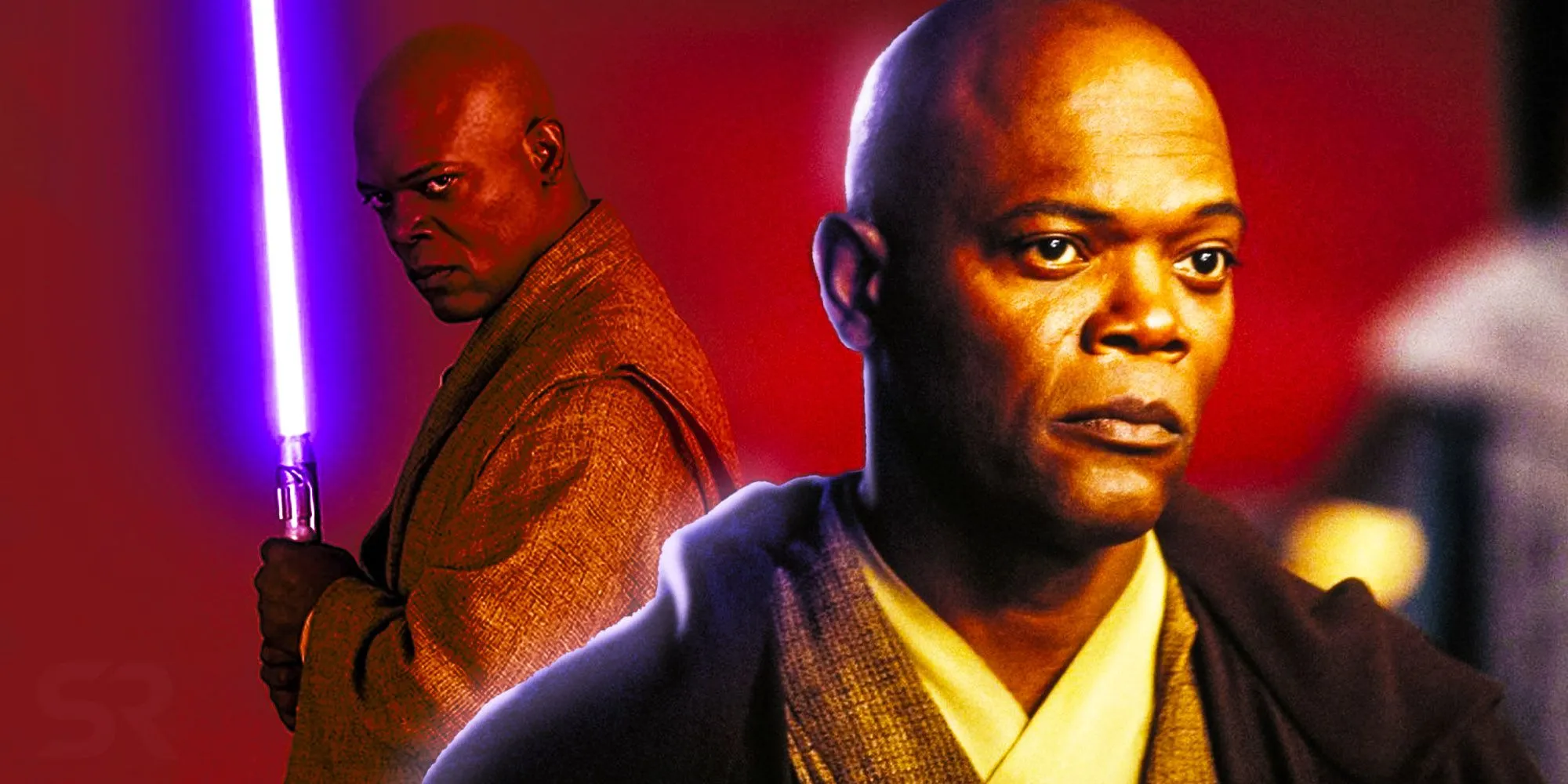
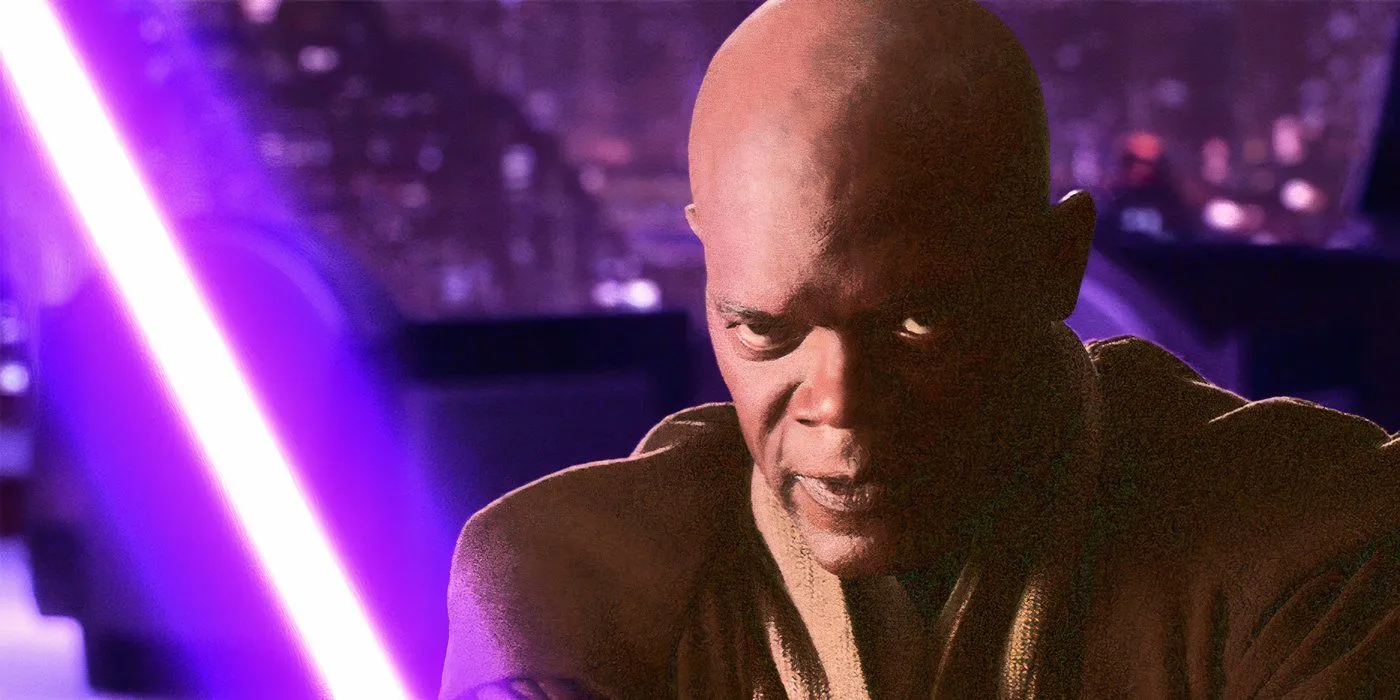
During an appearance on The Graham Norton Show, Jackson humorously shared how he initially lobbied for a unique lightsaber color during the filming process. His reasoning was simple: in a vast arena packed with Jedi wielding familiar lightsaber colors, he sought a way to easily identify himself. He approached Lucas with the suggestion of a purple lightsaber, challenging the convention that only green and red existed.
“I come back the next year, and I was like, ‘Okay, he didn’t kill me off.’ We had this big arena fight scene with all these Jedi, and they’re fighting or whatever, and I was like, ‘Well sh*t, I want to be able to find myself in this big old scene.’ So, I said to George, ‘You think maybe I can get a purple lightsaber?’ And he was like, ‘lightsabers are green or lightsabers are red,’ and I’m like, ‘Yeah, but I want a purple one… I’m like the second baddest Jedi in the universe next to Yoda.’ He goes, ‘let me think about it.’ When I came back to do reshoots he said, ‘Let me show you something,’ so I already caused a sh*tstorm online, and he had the purple lightsaber! And I was like, ‘Yeah!’ So I could find myself in the middle of that big fight scene in the middle of that, you know, there’s like 300 lightsabers, and it’s ‘there I am, right there!'”
This color choice not only enriched the character’s legacy but also intertwined with the broader Jedi lore, expanding the understanding of lightsaber colors within the canon. Today, we see a variety of lightsaber hues representing differing ideologies, giving new dimensions to the Star Wars narrative found in both new media and established lore.
| Upcoming Star Wars Movies | Release Date |
| The Mandalorian and Grogu | May 22, 2026 |
| Shawn Levy’s Star Wars movie | TBD |
| Sharmeen Obaid-Chinoy’s “New Jedi Order” | TBD |
| James Mangold’s “Dawn of the Jedi” | TBD |
| Dave Filoni’s untitled Mandalorian movie | TBD |
